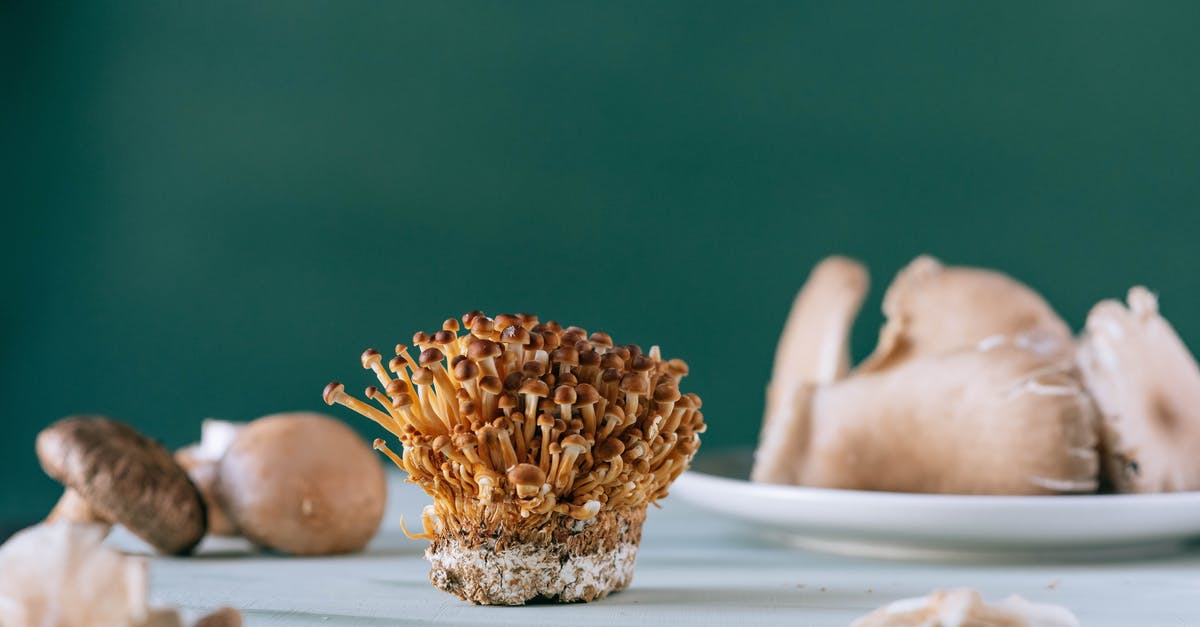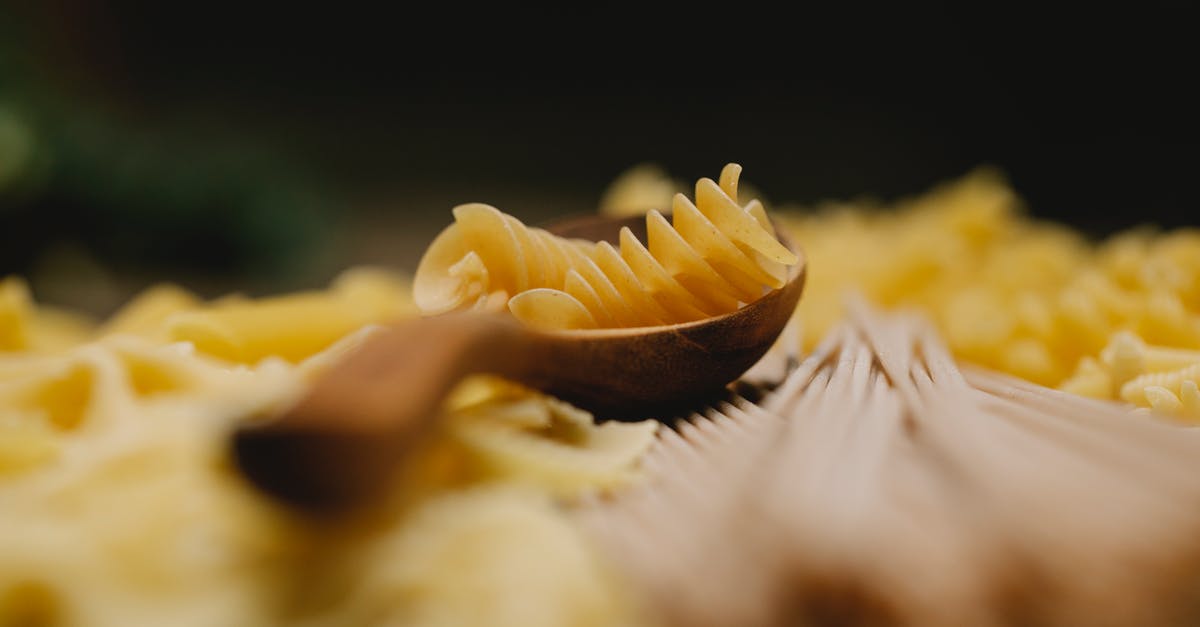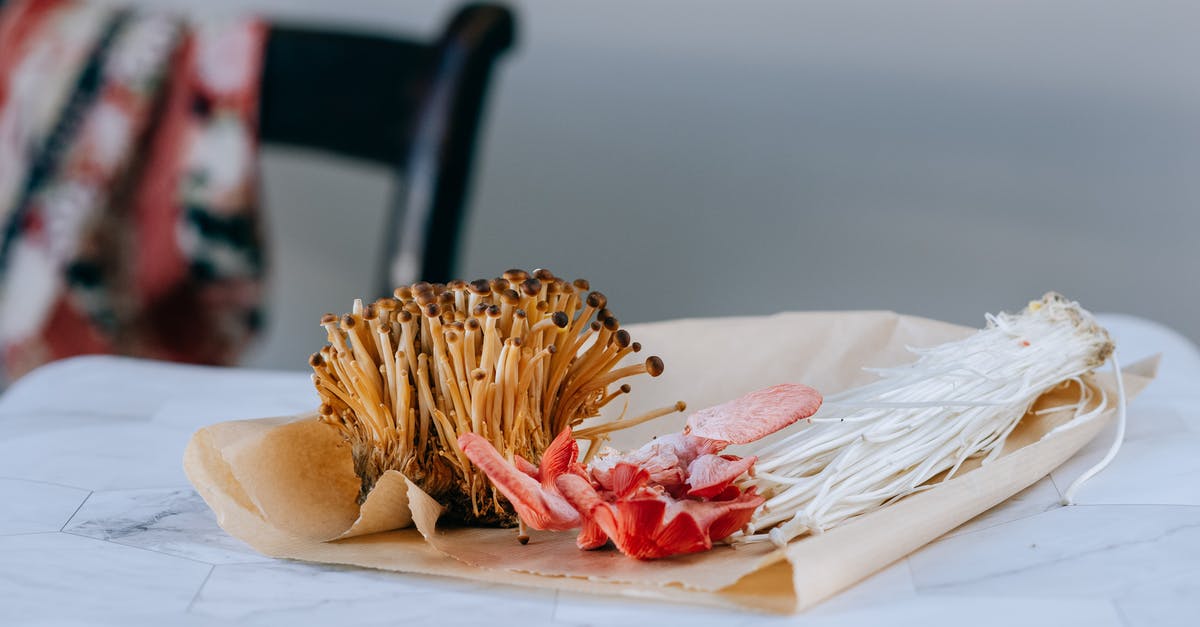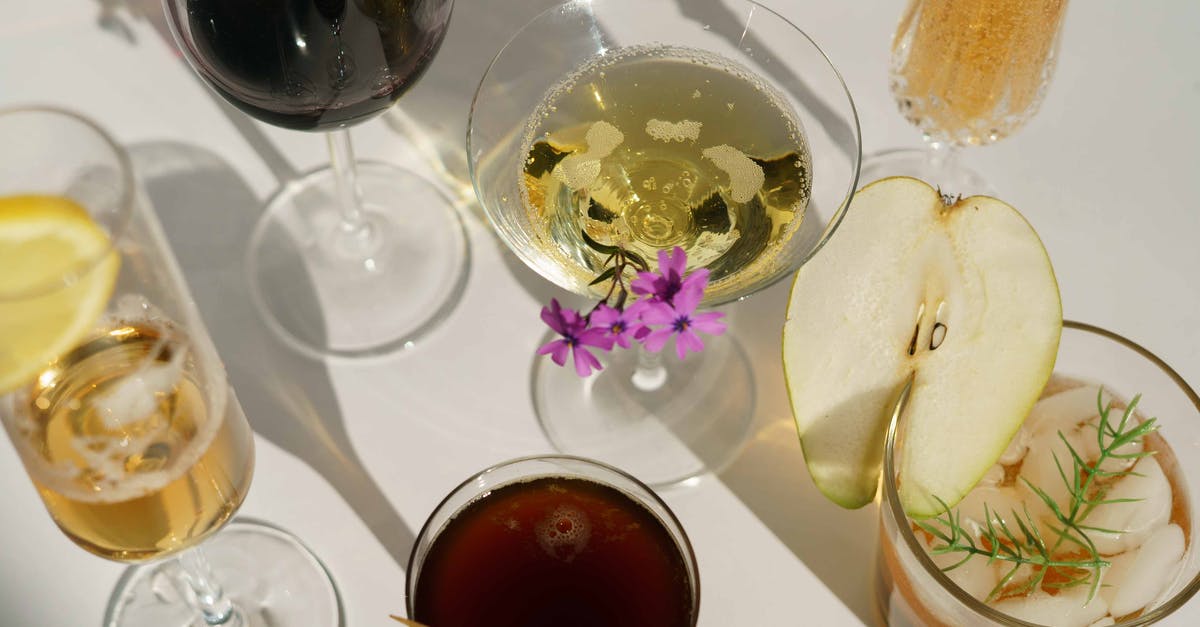Simple recipe that when combined in a different order yields different food?

I'm trying to organize a science demo, and one of the lessons I'd like to get across is that information and order matters when ingredients are combined! Mixing together a pile of raw chemical elements, of the same amount that is in a human, won't produce a human.
Is there an easy, simple recipe in which, when the ingredients are combined differently, you get two "different" foods (or foods which people perceive as being different)?
EDIT: I'm hoping to find something that's not just "a cooked/baked thing" and "the same cooked/baked thing thats all mashed up" if possible
Best Answer
Developing upon a previous idea from @mroll, eggs + fat (oil or butter) has some interesting science to explore.
- Slowly adding oil to the yolk while whisking will create an emulsion of the fat drops in the water: mayonnaise. This phase is not favorable energetically, and this is why you need to provide energy to the system to create it. The process consists of breaking water-water hydrogen bonds and forming oil-water ones. You can actually calculate with numbers the amount of energy needed! More detail here.
By whisking the egg white, you incorporate air into the liquid phase and form a foam. The science behind is that of protein denaturation. More here. A lot of recipes rely on the stability of this foam to create a 'light' texture. The simplest examples is a soufflé. You carefully mix the yolk back without breaking the foam and place the mix in a ramekin. In the oven, the air will heat up and tend to scape upwards (hot air go up). Meanwhile, the denaturated proteins will coagulate due to the heat and get stiff. The interplay between the air pushing the foam up and the proteins coagulating is the reason why the temperature in the oven (not too hot, not too col) is crucial in preparing soufflé.
The proteins in the yolk and white coagulate at different temperatures. If you simply mix all together and put in a very hot fire, you simply coagulate the whole ensemble of proteins and get a dry scrambled egg / omelette. However, you can play with this difference of temperature to create new interesting textures. Get a bowl with your yolk+white mix and put on the top of a pan with boiling water (heat bath or bain marie). Whisk the mixture continuously, so that you get a better control of temperature changes. You will notice that at some point the texture will start to thicken, while still liquid. At this point remove from the heat: you got a cream! If you salt it and add some fat, you get a hollandaise-like sauce. If you add sugar, you got a custard.
Of course the above is only for the sake of science. To get flavourful dishes should add other ingredients such as salt to the mayonnaise, cheese to your soufflé, etc.
Pictures about "Simple recipe that when combined in a different order yields different food?"



How do you change the yield of a recipe?
Determine the required yield of the recipe by multiplying the new number of portions and the new size of each portion. Find the conversion factor by dividing the required yield (Step 2) by the recipe yield (Step 1). That is, conversion factor = (required yield)/(recipe yield).What is a yield in cooking?
Yield in culinary terms refers to how much you will have of a finished or processed product. Professional recipes should always state a yield; for example, a tomato soup recipe may yield 15 L, and a muffin recipe may yield 24 muffins.What are the 3 types of cooking methods?
Cooking methods can be grouped into three categories:- Dry-heat methods, with or without fat. Dry-heat cooking methods like stir-frying, pan-frying, deep-frying, and saut\xe9ing rely on fats and oil to act as the cooking medium. ...
- Moist-heat methods. ...
- Methods using a combination of dry and moist heat.
What is combining in cooking?
Combine. To stir two or more ingredients with a spoon, or to beat on Low speed with a mixer, until mixed together.EASY Low-Cost Plant Feed to Boost Crop Yields \u0026 Health
More answers regarding simple recipe that when combined in a different order yields different food?
Answer 2
Egg whites and yolks. If mixed separately and then folded together you get a creamy fluffy substance. If you mix them together you get scrambled eggs
Answer 3
If you fry vegetables and meat in oil until browned, soak up the remaining fat with flour, then add stock and simmer, you'll get a tasty stew.
If you simmer meat and veg from cold in stock, then add oil and flour you'll get something much less appetising - lumps and oil slicks on a watery-tasting dish with crunchy vegetables and grey meat.
Answer 4
Bechamel is a very typical example. If you were to just mix the ingredients in any random order and temperature, you wouldn't get a real bechamel, but either lumps or something strange. I even remember once a friend almost ruined the meal his mother was cooking - the recipe was to make bechamel over something wrapped and cook in the oven, and he was preparing to pour oil, flour and milk over the rolls without cooking a bechamel first.
Then you can take almost everything in baking. Macarons, pie crusts (you can get into short vs. flaky. vs pate sable there), cookies... Ruhlmann even considers sponge cake and pound cake to be two different cakes made from the same ingredients with the same ratio - one is made with the creaming method, the other with the muffin method. Or, if you want to be goofy and very simple, try pressing the filling out of the pastry bag first onto a plate, baking an eclaire or profiterole second. Or "filling" the raw eclaire first, baking second.
Sources: Stack Exchange - This article follows the attribution requirements of Stack Exchange and is licensed under CC BY-SA 3.0.
Images: Olga Lioncat, Klaus Nielsen, Olga Lioncat, Dziana Hasanbekava
